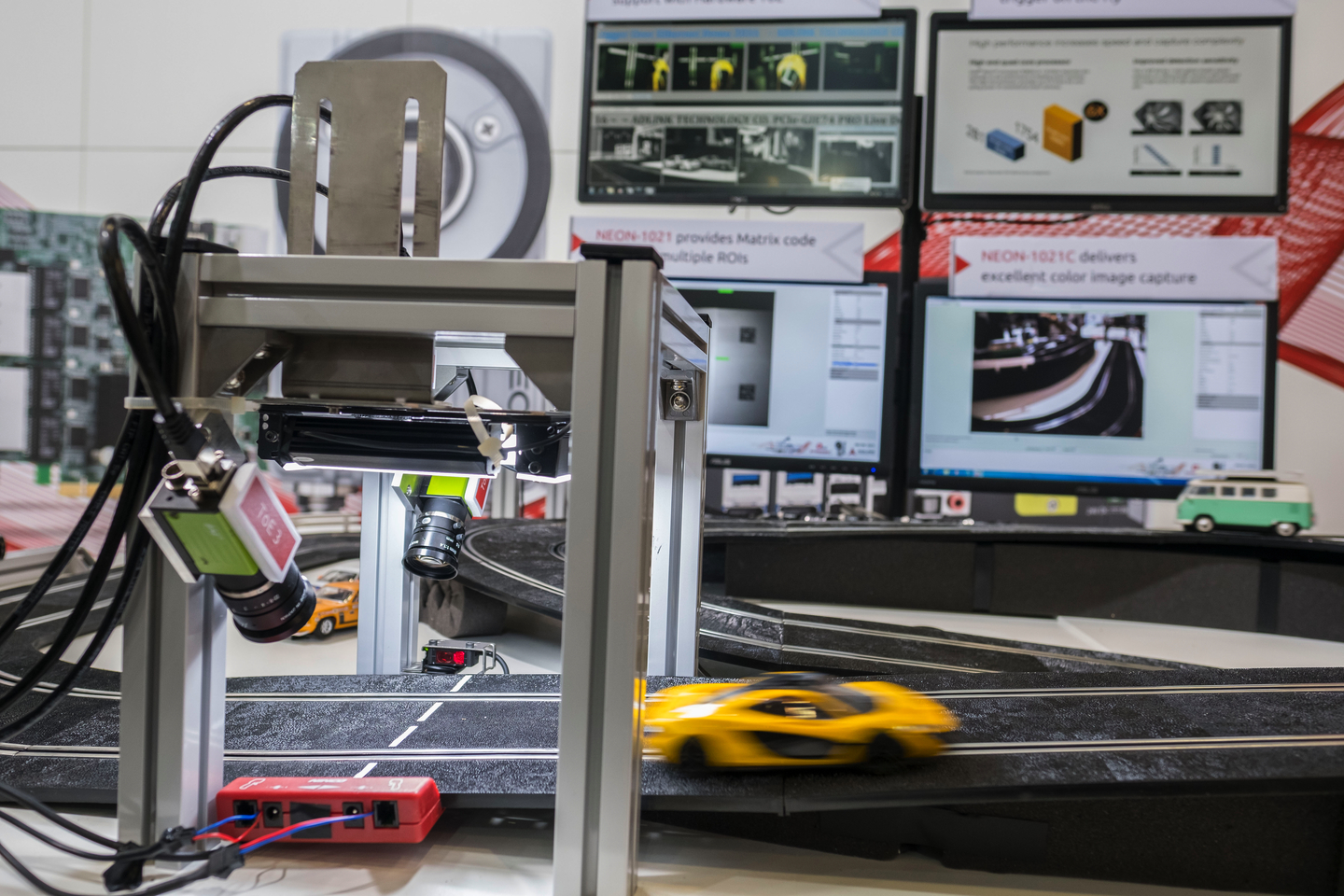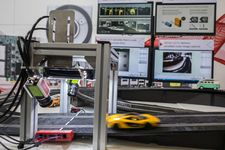Smart roads and cities: Machine vision systems in transport technology
In cars, camera-based assistance systems have been aiding lane keeping, obstacle detection and parking for years. Machine vision systems on our roads help to monitor speed, calculate tolls and measure traffic volume. These systems are particularly important for the future scenario of autonomous driving, as driverless buses, railways and cars are inconceivable without computer vision and deep learning.
But while remote-controlled vehicles don’t yet populate our roads and railways, machine vision systems are contributing to making more intelligent use of existing transport infrastructure. Modern road safety solutions record the number of passing cars and lorries per hour and the average speed per lane. Other systems detect the vehicle class or measure environmental data such as levels of ozone and particulates. Embedded vision technologies recognise number plates and automatically assign lorry parking spaces, thereby contributing to better traffic management.
Image processing and AI also make our cities ‘smarter’ and offer us a better quality of life. Intelligent vision systems can guide us to available parking spaces, warn drivers when a pedestrian is crossing the road and contribute to economical local transport by counting passengers boarding and alighting buses and trains. Whether through autonomous vehicles or smart cities, machine vision will play a key role in future transport technology, making our journeys from A to B safer, more efficient and more environmentally friendly.
back to overview
